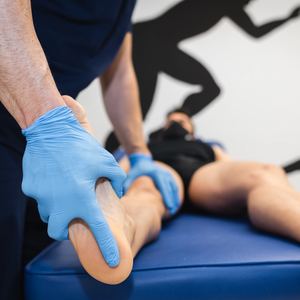Our fellowship-trained orthopedic surgeons specializing in foot and ankle conditions dedicate their entire practice to this field. The proficient team at Bellin Health provides comprehensive, collaborative care ranging from arthritis and sprains to complete ankle replacements.
You don't have to endure foot or ankle discomfort as a daily routine. Our medical professionals and surgeons will assist you in pinpointing the source of your discomfort. Following that, they will devise a customized treatment strategy for you.
Our providers at Bellin Health specialize in foot and ankle care and offer individualized treatment plans for each patient. First, they find the cause of the pain and make a personalized plan to treat it. This approach guarantees that we tailor the care provided to the unique needs of each individual.
The orthopedic team at Bellin Health treats foot and ankle problems. These problems include Achilles tendon injuries, ankle fractures, arthritis, bunions, hammertoes, sprains and more. They also offer services such as ankle replacement and foot and ankle deformity reconstruction.
Our specialists have expertise in surgery, pain management and total ankles. They provide comprehensive care for foot and ankle health and performance. They help patients have healthy feet and ankles so they can live without pain and be active.
Our team treats a variety of conditions and provides several orthopedic services, including:
- Achilles tendon injury, including tendonitis
- Ankle fracture, instability or pain
- Ankle replacement
- Arthritis in the foot or ankle
- Heel or arch pain (plantar fasciitis)
- Foot and ankle deformity reconstruction
- Sprains and fractures
- Tendonitis and joint pain
Don't let foot or ankle pain hold you back any longer. Contact us today to schedule a consultation and take the first step towards a pain-free and active life. Our team is ready to provide you with the exceptional care you deserve, so you can put your best foot forward.
